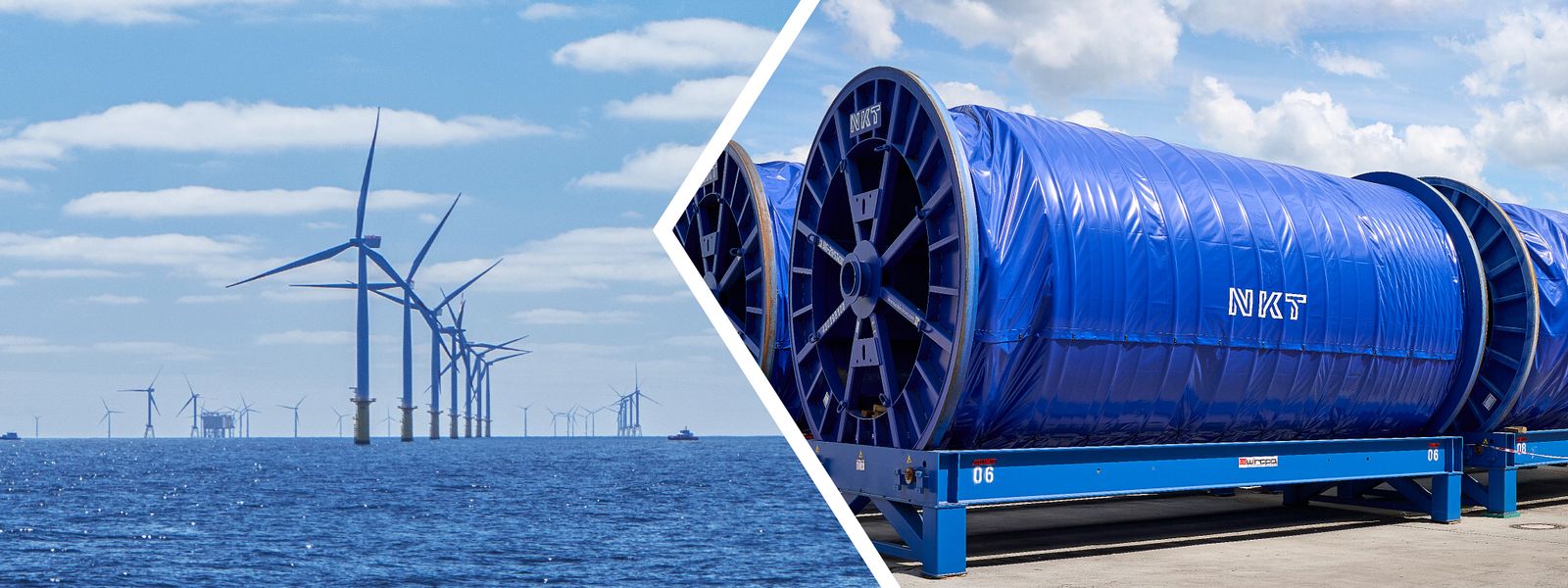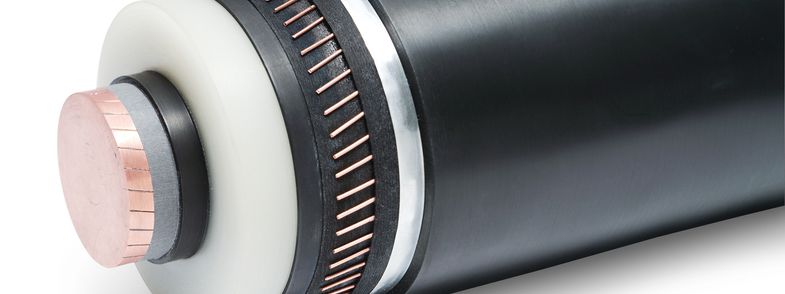Larger, longer and more efficient: 525 kV XLPE HVDC is becoming the preferred cable technology for long distance power transmission
Nov 3, 2023
In 2023, we have seen a technology shift in the high-voltage power cable market with 525 kV extruded XLPE power cable technology becoming the standard technology for several large cable projects supporting the green transition of Europe.
- Press Releases & Events
- Larger, longer and more efficient: 525 kV XLPE HVDC is becoming the preferred cable technology for long distance power transmission

By Michael C. Hjorth, Chief Commercial Officer
Power cables are the backbone of the infrastructure driving the transition to renewable energy and are as such essential to reaching the global climate targets. An interconnected power grid is simply a prerequisite to ensure safe and reliable transmission of renewable energy and the trend is clear – transmission lines are becoming larger, longer and with an increasing focus on lower losses. This has been the key driver for the recent technology shift in the high-voltage power cable market where 525 kV XLPE HVDC (high-voltage direct current) cable technology is now becoming the standard for large on- and offshore projects.
Technology evolution
Back in 2020, the first steps were taken towards the ongoing transition to 525 kV HVDC technology when we won the first commercial orders for a 525 kV extruded HVDC cable system with XLPE insulation for the onshore German corridor projects SuedOstLink and SuedLink. 2023 has been the year, where the technology shift clearly has manifested itself in the market with several awards of large cable projects based on the 525 kV XLPE technology.
For NKT, such projects include the award of the world’s first order for extruded 525 kV HVDC submarine power cable systems for the IJmuiden Ver and Nederwiek Offshore Wind Zones in the Netherlands followed by the award of three specific offshore wind projects in TenneT’s 2GW program. Latest, we have won two interconnectors in Scotland with SSE Transmission and five projects in Germany with 50Hertz all based on 525 kV HVDC technology covering both on- and offshore projects.


This technology transition is a natural development due to the increasing demand for transmission of larger amount of power over longer distances. A single pair of 525 kV extruded HVDC power cables can transmit enough power to supply approximately two million households. By implementing these power transmission highways into the electrical grid utilizing HVDC technology we can ensure the safe, efficient and low loss transport of electrical energy from wherever it is produced to wherever it will be required - no matter the physical distance. Here, the innovative and proven XLPE insulation is key as it has excellent DC insulation properties.
The development of DC XLPE technology
Since its introduction in the late 1990’ies, XLPE DC cables systems, together with the associated converter technology, have provided the fundamental platform for HVDC power transmission. The development and commercial introduction of XLPE HVDC cable systems starting at 80 kV level grew rapidly to 150 kV and was followed by 200 kV and subsequently 320 kV, which inherently also finally raised the transmission capacity towards and above1GW. These systems are all based on the same extruded cable technology platform and in order to reach even higher voltage levels, and thereby increased transmission capacity, a continuous improvement of the XLPE insulation material was needed. The improved material system together with NKT’s HVDC know-how and advanced field grading technology now provides an even stronger platform for reaching such higher voltage levels allowing transmission of 2GW per HVDC cable system.
What’s next?
As the transition to renewable energy is expected to accelerate the further development of an interconnected regionally, or in time even a globally, connected power grid needs to follow. This will create an increasing demand for transmission of larger amount of energy with low losses which will be driving the technology development and innovation. One natural next step following the 525 kV XLPE DC technology could be the commercialization of 640 kV XLPE DC onshore cable system which we launched in 2017 as the first in world. This development has been made in continuation of the 525 kV technology launched in 2014.
Efficient transmission of renewable power
A central part of the environmental footprint of any high-voltage power cable system is determined by the losses aggregated during the lifetime of the system. When using XLPE HVDC for transmission of renewable power the losses are very low. This means that almost all the power sent in to the cable also reach the end of the cable, ensuring a higher output of electricity to be fed to the transmission networks over the system’s lifetime. This ensures that power generated from wind, hydro or other renewable sources are used efficiently.
At NKT, we ensure that our cable system is manufactured with a low carbon footprint, all our factories operate on renewable electricity and we are constantly working to reduce the carbon footprint of our production, installation and supply chain.
If we – as a society - shall reach the target of being carbon neutral in Europe by 2050, all parties must contribute. At NKT, we are committed to do our part in making Europe a carbon neutral continent with manufacturing and installation of robust and reliable DC cable systems.
Loading...



